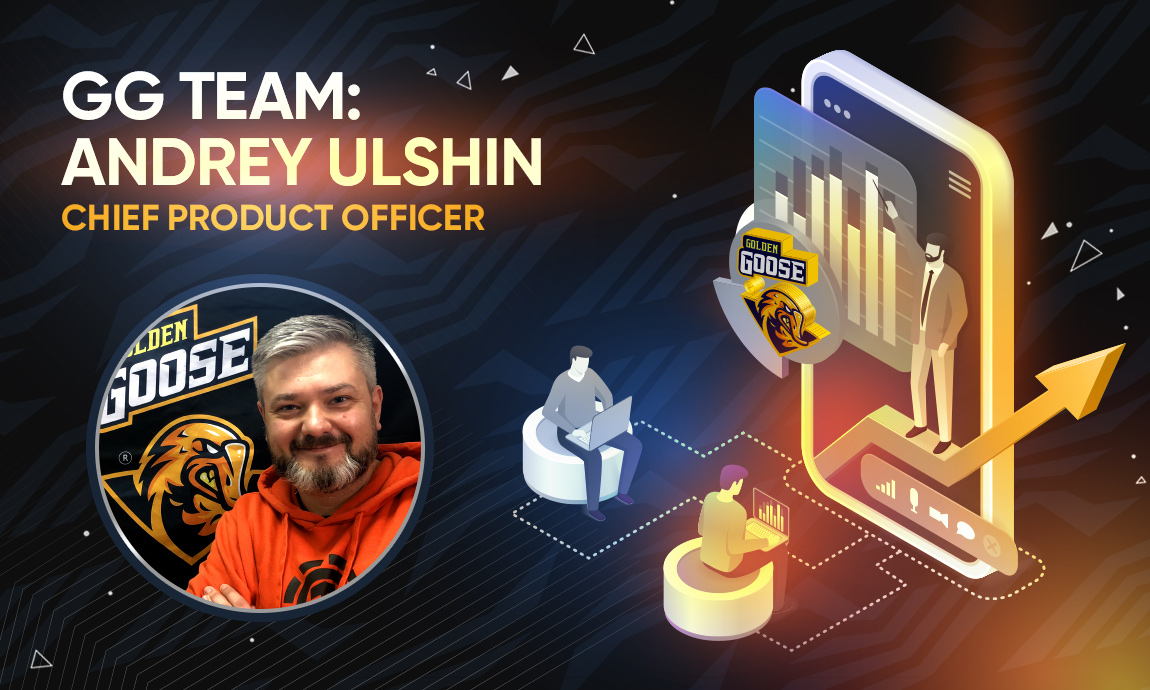
GG product without bottlenecks: Meet our CPO, Andrey Ulshin
Golden Goose is in its highest expansion mode. In August 2022, the new Chief Product Officer, Andrey Ulshin, came aboard our team.
Since then, GG has started preparing our massive platform update, hiring new people for the product team, and working closely with the IT development team.
In this interview, Andrey explains everything that awaits the Golden Goose platform, which will soon transform into an affiliate marketplace.
We recommend reading this interview to both publishers and advertisers. It will help clarify the radical changes everyone working with Golden Goose will see in the near future so you can be fully prepared.
- Give our readers some context about yourself. What did you do before Golden Goose, and what are your responsibilities now?
- My name is Andrey Ulshin, and for about 20 years, I have worked in various roles in companies that create IT products. These products have worked and are working in several regional markets. My position has remained unchanged for the last eight years, and it is the role of a product manager.
I joined Golden Goose a little less than a year ago, in August 2022, as Chief Product Officer. In some companies, this position is also called Head of Product. Golden Goose founders invited me to help achieve a very ambitious business goal: a comprehensive transformation of the company’s existing advertising IT platform and all related business processes. This transformation aims to scale the business, allowing us to enter new markets where we are yet to be present and strengthen our leadership in the existing markets.
- What is the purpose of this transformation, and how will it improve our business operation?
- The company’s current platform is a traditional CPA network specializing in mVAS services. In essence, a CPA network is the same as a classic advertising agency, acting as a mediator between the advertiser and the platform. In our case, the platforms are in the digital space, and all interactions have been transferred to the digital realm. The mediator role, which is the center of the business model of a traditional advertising agency, is also vital to the conventional CPA network. Just look at the domain of our company, gg.agency, to understand the position that the company is currently focused on.
As a result of the transformation, this traditional CPA network will become an advertising marketplace where the mediator role will be significantly minimized or eliminated. The new GG platform will allow direct interaction between advertisers and publishers. Affiliates can achieve their goals of maximizing their traffic monetization on their own without active management involvement as it is now. And advertisers will be able to independently manage the security and effectiveness of attracting new subscribers to their services within the platform.
We are transforming not only the IT platform itself but also the approach to doing business from an agency model to a marketplace model, which is a product business. This IT business is based on an IT platform and an IT product.I used the term marketplace not inadvertently, as before joining Golden Goose, I worked for four and a half years at Yandex LLC as a Senior Product Manager. There, I was responsible for creating from scratch and developing existing services for Yandex Market, one of the top three marketplaces in the Russian market.
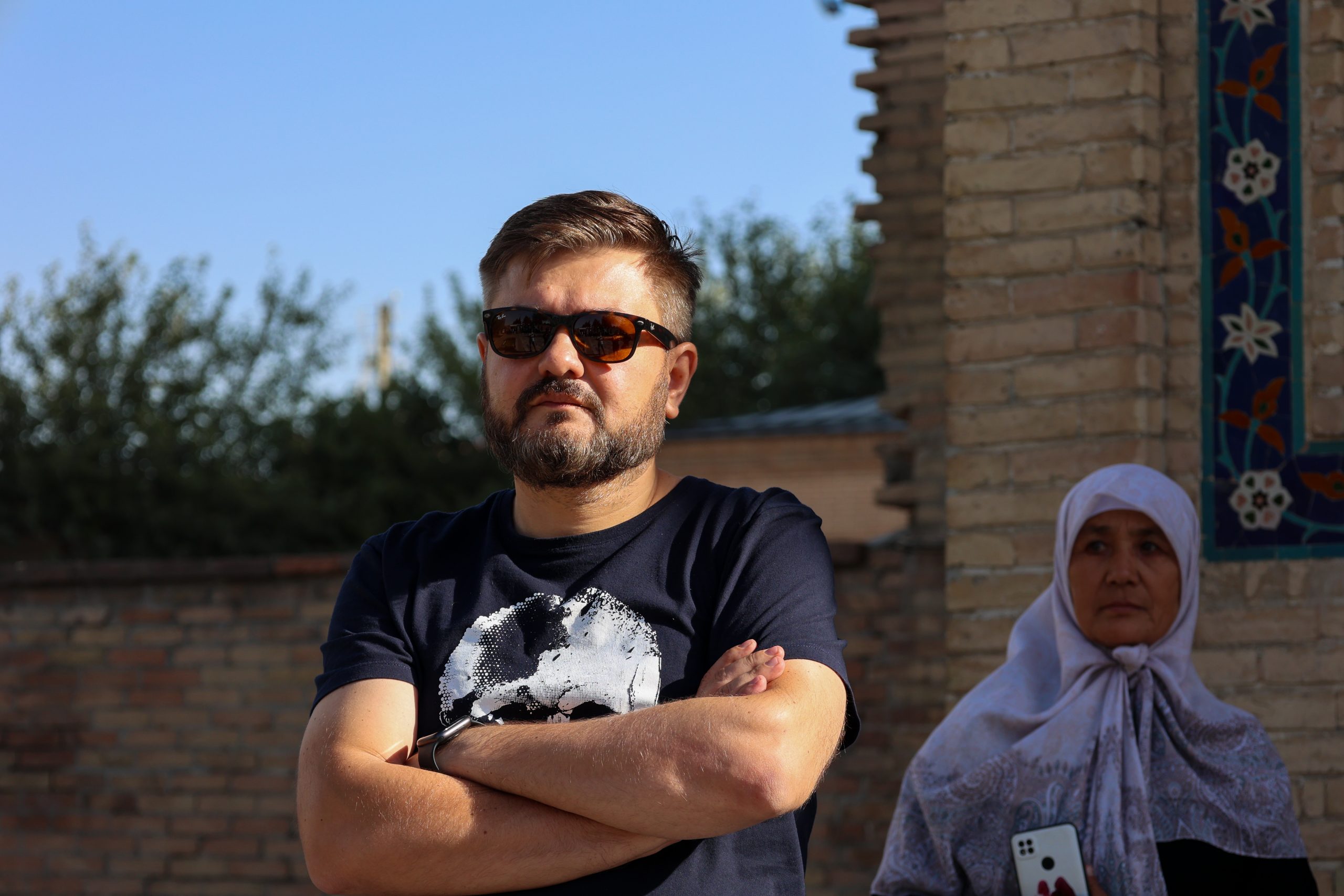
- Then the question is: explain the key difference between a CPA network and a marketplace to our readers.
- In e-commerce marketplaces, there are two user groups: buyers and sellers. The former search for the best products based on characteristics and price, while the latter try to sell those products by competing with other sellers and earning money from deals they receive on the marketplace platform. As a business, an e-commerce marketplace acts as an operator, providing the IT platform for transactions between buyers and sellers, where participants can find each other independently using the tools and IT technologies provided by the e-commerce marketplace.
Regarding a CPA network, the situation is very similar but with some nuances. Two user groups are also formed around the network. The first group consists of affiliate partners who join the network to monetize their traffic, which they either own or know how to buy. The second group comprises advertisers interested in attracting as many new subscribers to their services as possible at a reasonable cost and making money from these users by offering them their informational services.
Currently, our CPA network cannot function as an autonomous platform for transactions. The Golden Goose manager represents the agency that helps conclude these transactions between advertisers and affiliate partners.Through these managers, advertisers place their offers, manage their rates, and ensure the safety of their traffic in case some partners try to monetize it in a fraudulent way. Golden Goose pays the closest attention to providing personalized service to our advertisers.
On the other hand, managers communicate with affiliate partners, help them find the best offers for their traffic, assist in optimizing campaigns, and launch these campaigns. As for the speed of managers’ response to affiliate requests, it is one of the fastest in the market.However, Goose is growing and expanding. The more global our GEO and offer base becomes – we add several new regions to our portfolio every quarter – the faster the number of our affiliates grows. New solutions for automation within the platform are needed to maintain this level of service.
 "In this regard, a question arises. Why not allow both parties interested in doing business with our network to work autonomously, just like in an e-commerce marketplace?"
"In this regard, a question arises. Why not allow both parties interested in doing business with our network to work autonomously, just like in an e-commerce marketplace?"
We have based our company’s transformation on this crucial idea, which is the right one. This idea will enable us to develop our business without heavily increasing the number of personnel in the company, while growing the expertise of our current managers, replacing their role as primary customer support contacts, which does not go beyond onboarding, with that of an expert in account management who can advise partners on a wide range of mVAS-related issues.
If customers want to improve something in their work or the platform’s work, they should still be able to turn to experts and receive the necessary support. At the same time, the platform will provide all the tools required for traffic monetization.
Similarly, advertisers can reach out to their managers and receive expert advice on attracting more users, managing rates, and the quality of the traffic they receive. After getting the hint, they can implement it using the tools available on the platform.Indeed, this is an innovative approach in the market, and we understand that some users will want to remain in the agency support mode; we are ready for this. But at the same time, we are confident that many of our customers and partners will work independently within the platform, achieving their best business results.
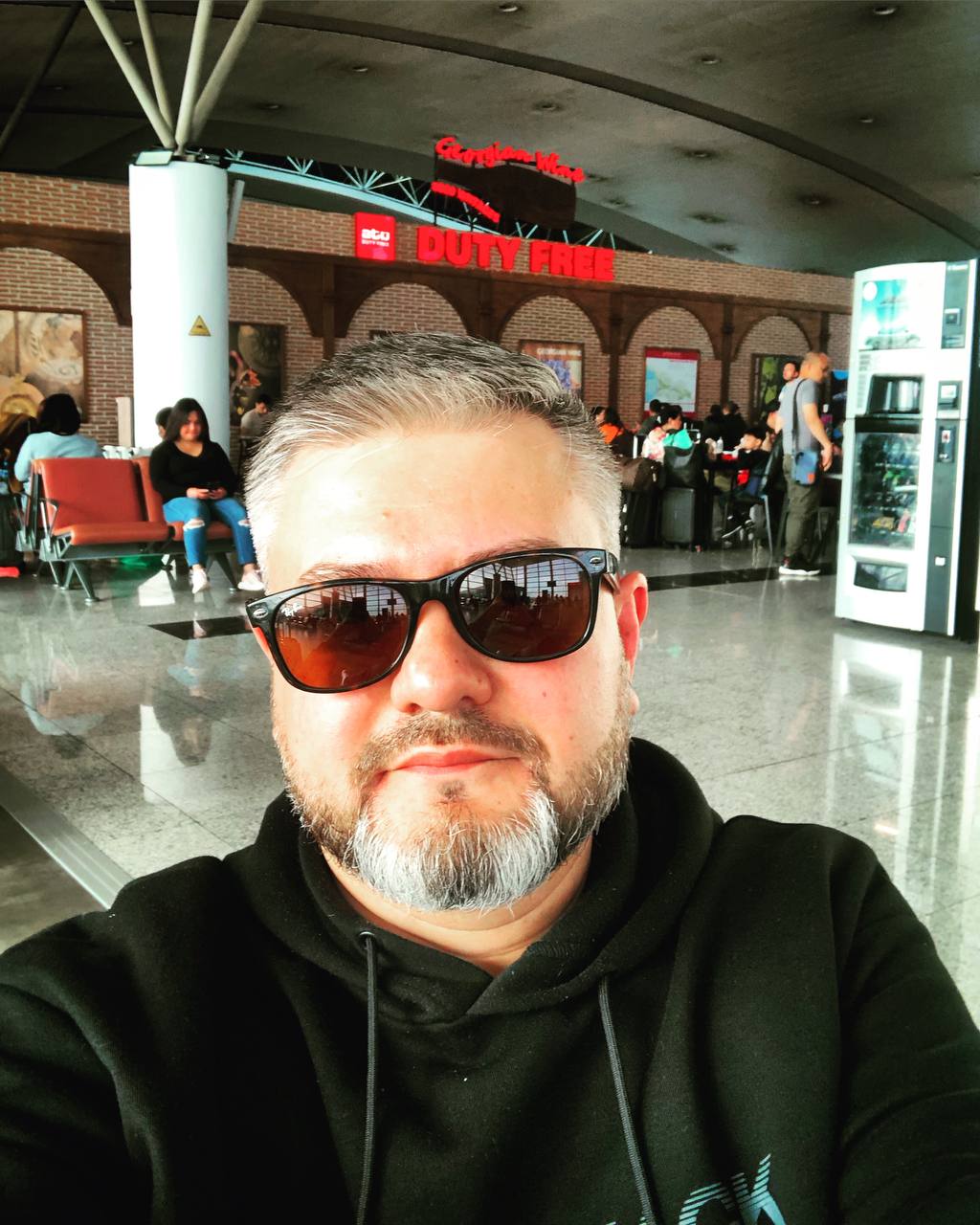
- How will this become possible?
- In the agency platform, which is the CPA network, functions are primarily ordered by managers and added for managers who work directly with clients. The toolkit embedded in the platform is predominantly available to company managers and is generally not accessible to clients. The client interfaces are straightforward (although with a refined UX, minimally necessary for an effective start), not very dynamic, and not significantly developed. We are not an exception, as this is a typical situation for the market.
An IT product is always a software tool that solves users’ problems. Every product has one primary user type for whom this product is created.In our case, we have three types of users; therefore, a single product cannot exist for all of them – each one needs to be given its own product. We consider our affiliate partners as one type of user, our advertisers as the second, and our managers as the third. Managers must supervise the quality of our business, which means that we need to give them a third product, thus dividing the product into three significant components.
As a result of this transformation, we will turn the system inside out: all functions that are available to managers will be made available for external use. Of course, this change will have a nicely coherent, understandable, and convenient user interface, which should be the crowning achievement of this transformation. In the future, new features will be added based on the needs of our clients and the feedback we receive rather than at the request of managers. Managers will become the participants, merge into the product team, help listen to this feedback and develop external interfaces and features for our two major customer groups, affiliates and advertisers.
- What specific changes can we expect for our platform within the framework of this epic idea?
- The most important update is the introduction of access to the platform for advertisers. An advertiser will be able to manage the quality of the traffic they receive transparently, the number of users they attract, and the acquisition cost for this attraction. They will be able to disable a traffic source they don’t like, thereby limiting the access of a specific partner or a partner’s platform to attract particular users to a specific service.Such a feature saves much time in advertiser-manager communication and in the response of our company’s internal services to such signals.
 "We will be able to remove a human factor from existing business processes that can affect the quality of work throughout the transaction chain."
"We will be able to remove a human factor from existing business processes that can affect the quality of work throughout the transaction chain."
Advertisers will have the ability to influence the volume and quality of traffic through increased rates and promotional actions. Suppose an advertiser understands they want to increase traffic and subscribers to their service. In that case, they should be able to «buy out» this traffic from competitors on the platform to attract more subscribers.
We also want to provide a tool for testing new offers for conversion. When any advertiser, big or small, launches a new service, it needs to be clarified in advance how effectively it will attract users, and we want to provide a tool for testing this offer. How so? When publishing an offer, buying the first few thousand clicks and seeing what the result will be and what conversion rate can be achieved with this traffic will be possible. And suppose the advertiser realizes that the conversions do not meet their expectations. In that case, they can then look further, work with the service settings and thereby improve the conversion rate, which will ultimately positively impact the work of affiliates because they want to run traffic on the services that bring the highest number of conversions.
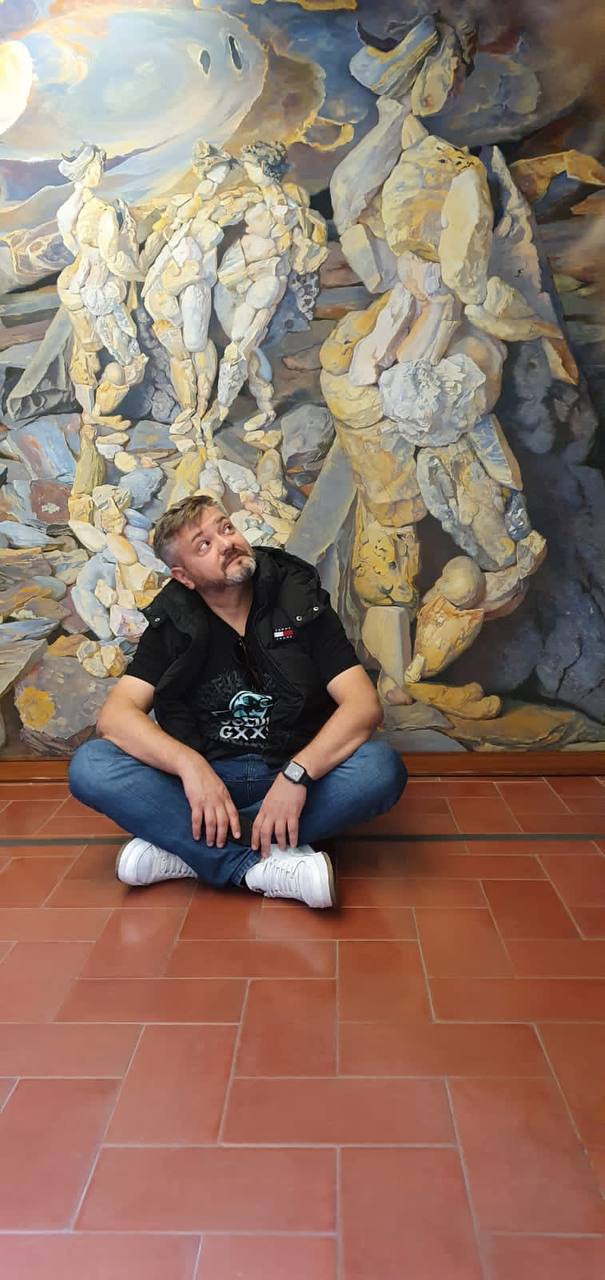
- So, advertisers will be able to track fraudulent traffic themselves and block it. Suppose they are dissatisfied with just the quality of traffic – for example, it might not be fraudulent traffic, but the advertiser is unhappy with its quality and blocks this traffic source. Won’t this cause much dissatisfaction among our affiliates?
- I’d like to say that both sides of the deal understand what’s going on. We’re just making relationships more transparent and providing a management tool. If the system considers traffic from a particular affiliate fraudulent, and the advertiser says that they don’t need such traffic, this is good feedback for the partner to work on the quality of their traffic.
As a rule, our managers’ work experience shows that if a partner was caught with fraud, then in the overwhelming majority of cases, this is an utterly justified accusation – and partners admit that they messed around with the traffic, promise to improve, and ask to be allowed to work with our offers again.
This is feedback for the partner on the quality of their traffic. If there is a lot of such traffic, the partner is a professional fraudster and runs it consciously.In this sense, we will provide a tool to do this as quickly, efficiently, and inexpensively as possible for both sides. Partners already receive feedback; we block them if they run fraudulent traffic. We want to make this process as transparent and automated as possible, eliminating the long chain of human involvement signals.Therefore, no, we are not afraid. We are just doing better for everyone, a more transparent process.
-
- What changes can affiliates expect on the platform?
- Our affiliates will see the first changes shortly. Our start is the introduction point when partners just get acquainted with Golden Goose. This refers to the reworked registration form and questionnaire/survey. We have changed UX, design, and of course, functionality. This seemingly insignificant element of the platform marks profound changes. We spent much time analyzing users’ needs and comparing and studying numerous platforms in the CPA and marketplace markets. So external changes have only just begun, but that doesn’t mean time has been wasted. Based on thorough preparatory work, we will first change the catalog: it will become customized and flexible based on many parameters – including the questionnaire. Profiling the database is a crucial element of the new publisher’s personal account.
We are facing a relatively serious overhaul of personal accounts.Since we are an international business, our partners speak different languages. We have identified 56 different languages in which our users consume information on the internet. Currently, we offer everyone the same interface in two languages – Russian due to the company’s origin and international universal English, which is not native to most users. As we understand this imperfection, we aim for the main vital changes in the partner cabinet at multilingualism: we will allow working with the personal account in the native language of an affiliate.
Plus, we plan to provide more inventory than is currently available to partners, taking into account the characteristics of the traffic source.In the overwhelming majority of cases, partners need some creative material for the user to react to and follow the link to the landing page – in other words, they need help with creatives. We plan to offer default creatives to make it easier for affiliates to launch ad campaigns. And some folks own websites and have advertising space where they would like to place our offers. Here the story is even more complicated about how to place our advertising materials as widgets and help monetize the traffic on the site.
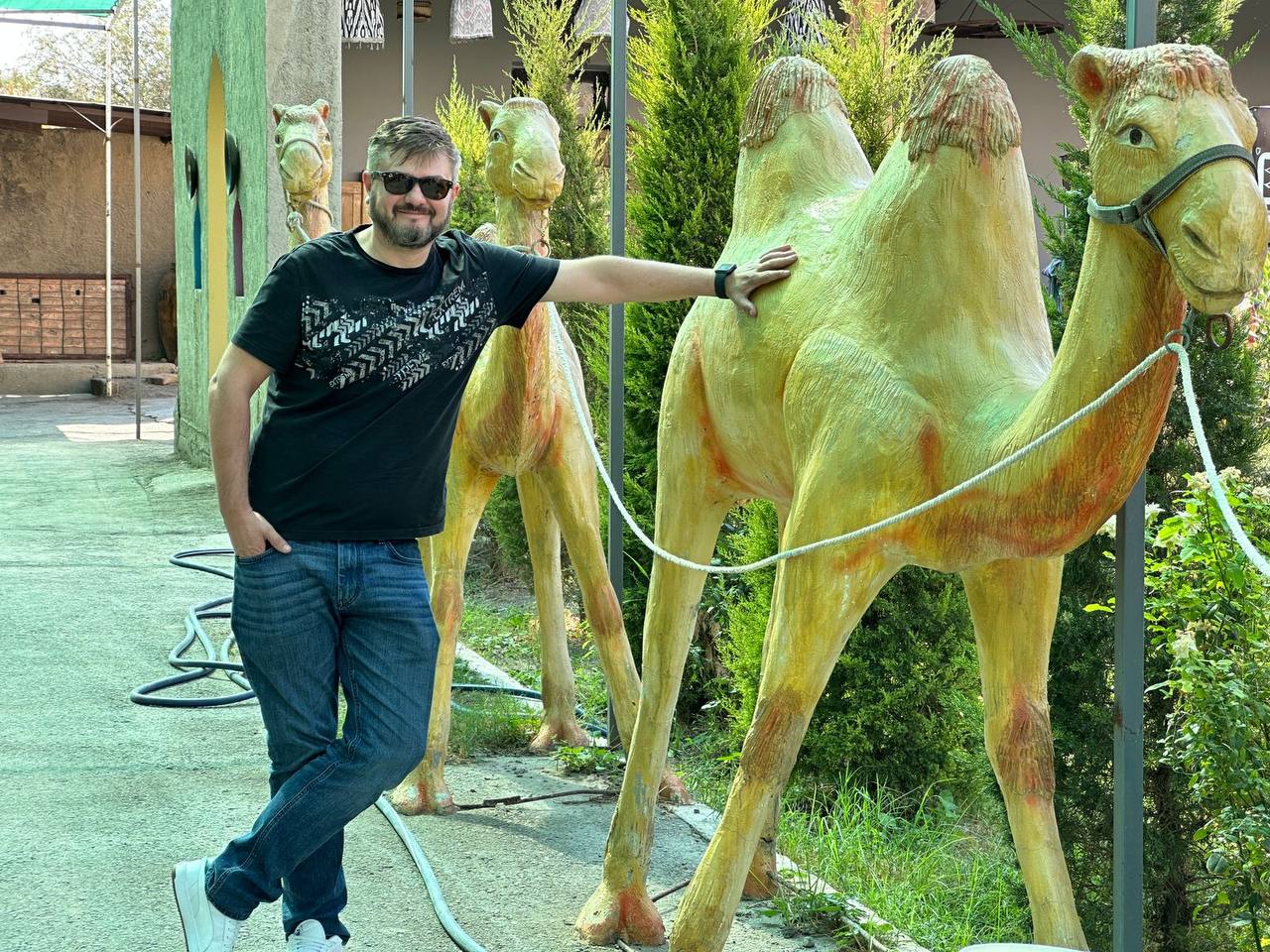
We understand that everyone has different skill levels. Some are just starting, and we want to become an open platform for these people, helping them evolve in traffic monetization. For them, we want to offer courses, educational tasks, helpful articles, and YouTube videos, essentially running a business through education. We want newcomers to our platform to become professionals and thus be able to earn more money themselves while we can also earn more money with them.
For professionals, we will provide the ability to quickly find the most effective offer. We want to give a catalog of offers. Not all offers are currently available in the partner dashboard, and sometimes access needs to be obtained through managers. Therefore, the best offers are often received with the help of managers.We want to provide the ability to search through text, images or use a directory to find offers that interest professional market participants.
We also want to use machine learning tools and a modern approach to data processing to create recommendation blocks in the offer catalog, recommending some offers to be used together, as, for example, in some countries, an offer may not cover all operators, but is very similar in theme and flow. We could recommend using these offers together in one advertising campaign.
In this sense, we will heavily develop the catalog. In it, we will show all the offers available, but we will introduce scoring for partners. Accordingly, only publishers with the highest rating will have the opportunity to monetize their traffic through all available offers. Others will see these offers but may not have access to them because they need a higher rating.
We need to consider quite a few factors, starting from the language of communication and ending with the consideration of their behavior and experience. In this sense, as a product director and a product leader, this is a robust professional challenge yet an exciting task – to learn how to consider and satisfy the interests of different user groups.
 "We want advertisers' actions to affect the rating of partners within the platform – we will have a scoring system. We must motivate our partners to find good traffic and avoid fraud to increase their rating and access monetization with the best offers of the best advertisers on the market; those offers that convert perfectly."
"We want advertisers' actions to affect the rating of partners within the platform – we will have a scoring system. We must motivate our partners to find good traffic and avoid fraud to increase their rating and access monetization with the best offers of the best advertisers on the market; those offers that convert perfectly."
-
-
- Is Smartlink an efficient tool, and will it face any changes?
- We believe that both managers and partners highly underestimate Smartlink. Smartlink is a highly convenient monetization tool based on data processing algorithms that allow partners to save time on super fine-tuning custom campaigns or their sources. It also lets partners with less expertise train themselves to monetize their traffic.This tool allows you to monetize any traffic from any source, provided that the traffic is of sufficient quality and belongs to the mobile traffic segment.
At the same time, partners who use Smartlink do not need to worry about the quality of traffic they bring to offers or where this traffic comes from: our algorithms effectively monetize this traffic.
We want to develop the Smartlink tool in two directions: to increase the qualifications of our inexperienced partners, to simplify their work with monetization, as well as for partners who have very diverse traffic – for example, owners of services and social groups. We want to use Smartlink in widgets to monetize traffic from different subscribers of different countries in large quantities. In this sense, the partner is relieved of the headache of distributing these traffic sources to various offers. Smartlink and algorithms designed to optimize income from this traffic will do everything for them.
-
-
-
- Why did you choose mVAS as a career development path?
- mVAS is a fully online story, fully digital. In this case, algorithms are more important than people, as we are currently in a world where algorithms compete for data processing. It is interesting to participate in this competition using contemporary technologies. The development of this product attracts me.
My entire career has been related to mobile traffic in one way or another. It has mainly been mobile applications, mobile services, or operator services. At the beginning of my career, I was a technical director for a content provider. It was an analog of Google Play, where we sold mobile content and games to mobile phone users on Java platforms.
mVAS is easily scalable in the international market because mobile services are present in almost every country, everyone has a mobile phone, and advertising traffic can be used to turn users into subscribers.
 "In summary, what attracts me to mVAS is the international nature of the market, the legal entity, the digital nature of the product, and the fact that the quality of the product depends on data processing algorithms rather than people."
"In summary, what attracts me to mVAS is the international nature of the market, the legal entity, the digital nature of the product, and the fact that the quality of the product depends on data processing algorithms rather than people."
-

Cooking class in Uzbekistan
-
-
- What are your impressions of working at Golden Goose during these months?
- After working three-quarters of a year at the company, I first immersed myself in user behavior analytics for those currently working with the partner platform. I was amazed by the scale of the business that Golden Goose conducts, meaning that we have a presence in almost every country in the world – this impressed me greatly. I was impressed that Golden Goose currently holds the leading position in the mVAS vertical as a CPA network.
I like the approach of our founders to developing the business and their deep understanding of the essence of this business. They can see the entire market beyond the daily routine, our place in this market, the ability to see strategic perspectives for developing us as a company, and the ability to anticipate our clients’ and partners’ desires and capabilities.
I really like how the marketing team works in the company; this is a modern approach to attracting customers. We use a wide range of sources to bring in new partners, starting from professional communities and ending with traditional performance marketing, where we have reasonable conversion rates from leads to partner activations. In this regard, we work very efficiently.
I like how the team works with advertisers, organizing regular physical meetings worldwide. It’s good that the coronavirus lockdown ended. We can hold parties and special events and open booths at all major international conferences to exchange experience in affiliate marketing and mVAS.
The current platform allows the team of managers working at the agency to meet their needs.Goose is actively expanding: new people, including my product team, join the team almost every week. Despite the fact that Golden Goose has been around for nearly seven years, there is a startup atmosphere here, and new people give a new impetus to the development of the company.
-
-
-
- What are your thoughts on the future of mVAS?
- There is a saying that the lifespan of a business is determined by its lifespan in the past. That is, if a company has been around for ten years, there is a high chance that it will survive another ten years.
I observed the mVAS market at the dawn of my IT career. I worked for a company that provided mVAS services. Then two monopolists – Google and Apple – took over the content market and monopolized the content for mobile phones in terms of programs and some entertainment apps, sharing them between themselves worldwide. However, there are still services that help our users have a good time, and these services appeared in the early 2010s, simultaneously around the world.
This business will survive at least another 10-15 years. When talking about the development of this market, mobile services will strive to be more helpful to subscribers because their number is growing slowly. Still, there are many services, and there is competition for the usefulness of these services among subscribers.
The market will also become more open, and such advertising market monopolists such as Facebook, Google, and others, as well as slightly smaller players such as Tik-Tok and local players in different regions, will be more eager to accept such services for promotion.Currently, these advertising monsters are somewhat suppressing the market with their policies. The market will become more open in this respect. We have signals about this from people we talk to on advertising platforms like Facebook and Google. We understand how the idea of mVAS services is developing there, and we see an interest in such services.
-
In Conclusion
I am confident about the future of mVAS services. There will be more services, they will become even more helpful, and the advertising market will become more open and, at the same time, competitive. In this sense, platforms like Golden Goose, especially in its future variation of a marketplace, should become the infrastructure for market participants and provide them with transparent relationships regarding attracting subscribers to such services and earning revenue on advertising traffic.
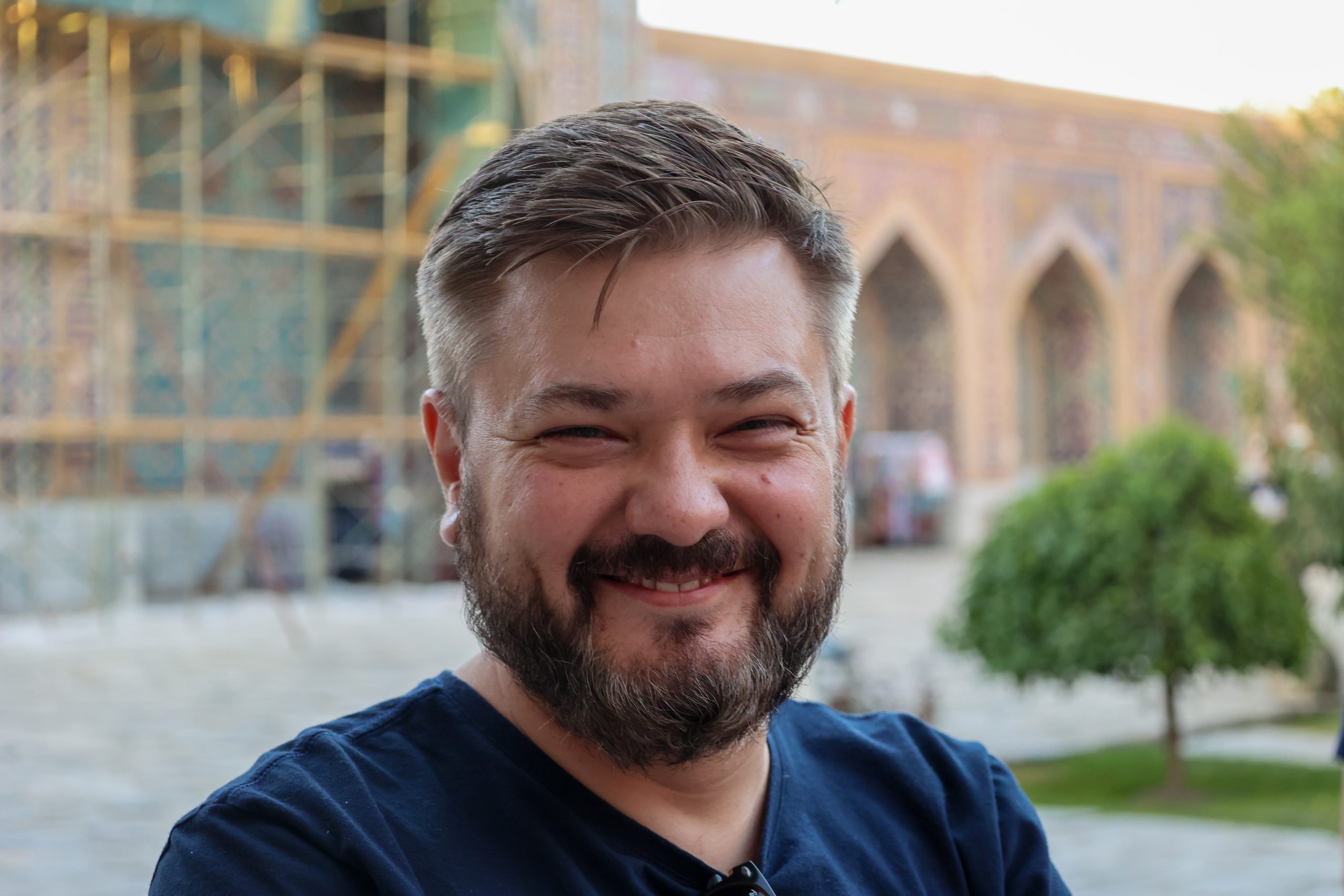

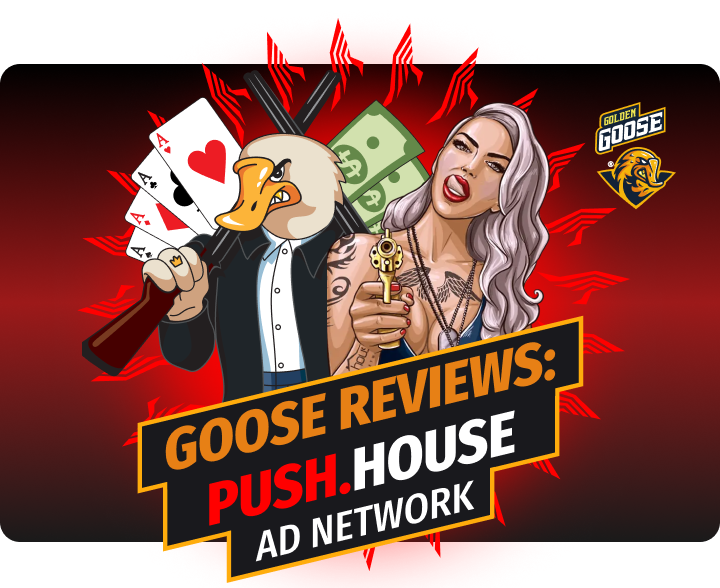
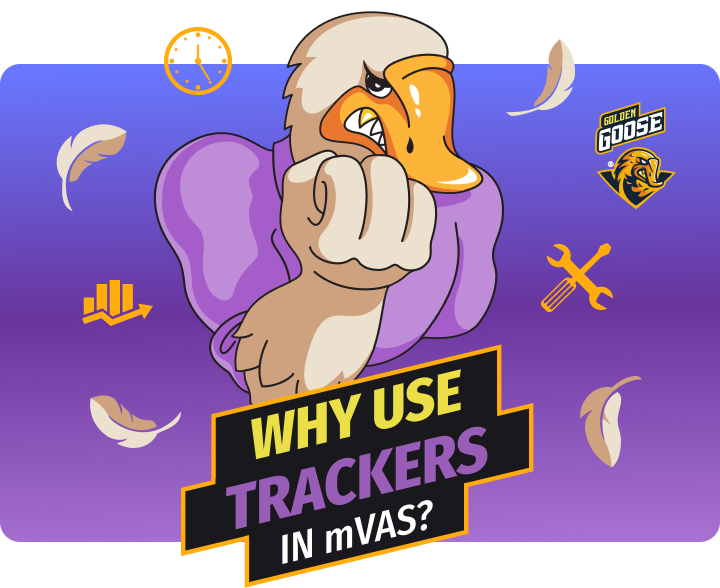
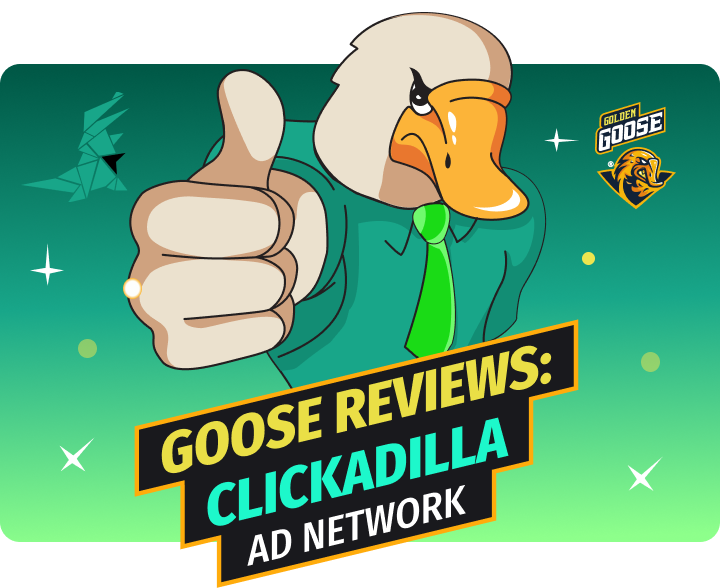

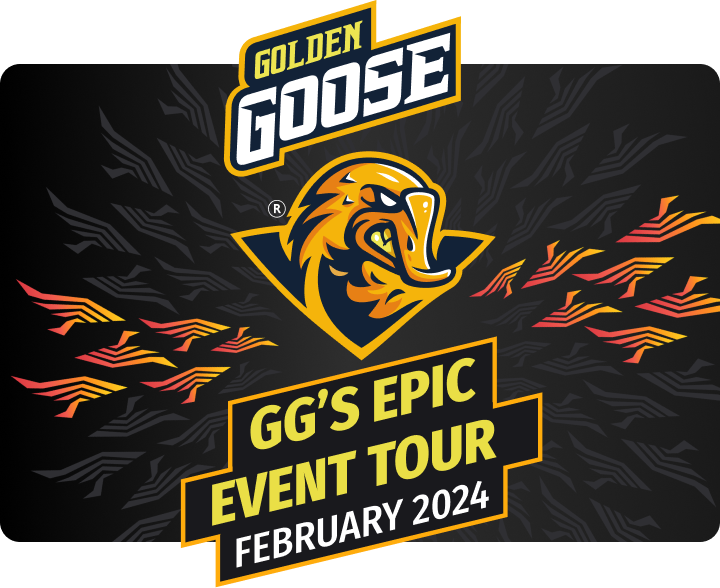

 Searching...
Searching...